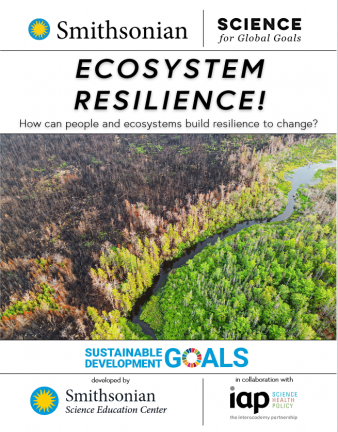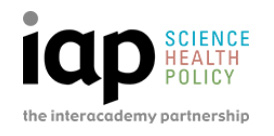All people live within and are reliant on ecosystems, and our actions are increasingly threatening these vital systems. Right now, 75% of agricultural crops are at least partially dependent on pollinators, but because of human activities, the populations of many pollinator insects are in decline. Over half the world's GDP is moderately or highly dependent on nature. Our food, shelter, oxygen, and even the climate we live in, are all at risk due to the growing stress we place on these ecosystems.
The Smithsonian Science Education Center, in collaboration with the Smithsonian Tropical Research Institute and the InterAcademy Partnership (IAP), has developed Ecosystem Resilience! How can people and ecosystems build resilience to change?The new community research guide for youth ages 11-18 is underpinned by the UN Sustainable Development Goals and highlights strategies for local adaptation to global impacts of ecosystem resilience around topics like pollution, deforestation and climate change.
As part of the Smithsonian Science for Global Goals project with IAP, Ecosystem Resilience! is the thirteenth freely available guide. Ecosystem Resilience! encourages youth to explore resilience concepts such as biodiversity, connectivity, ecosystem-based adaptation, and biomimicry, applying them both to specific ecosystems and to human communities. As students take on the role of action researchers, they gather data about their communities and evaluate potential nature-based solutions for their own resilience and the resilience of the ecosystem around them.


